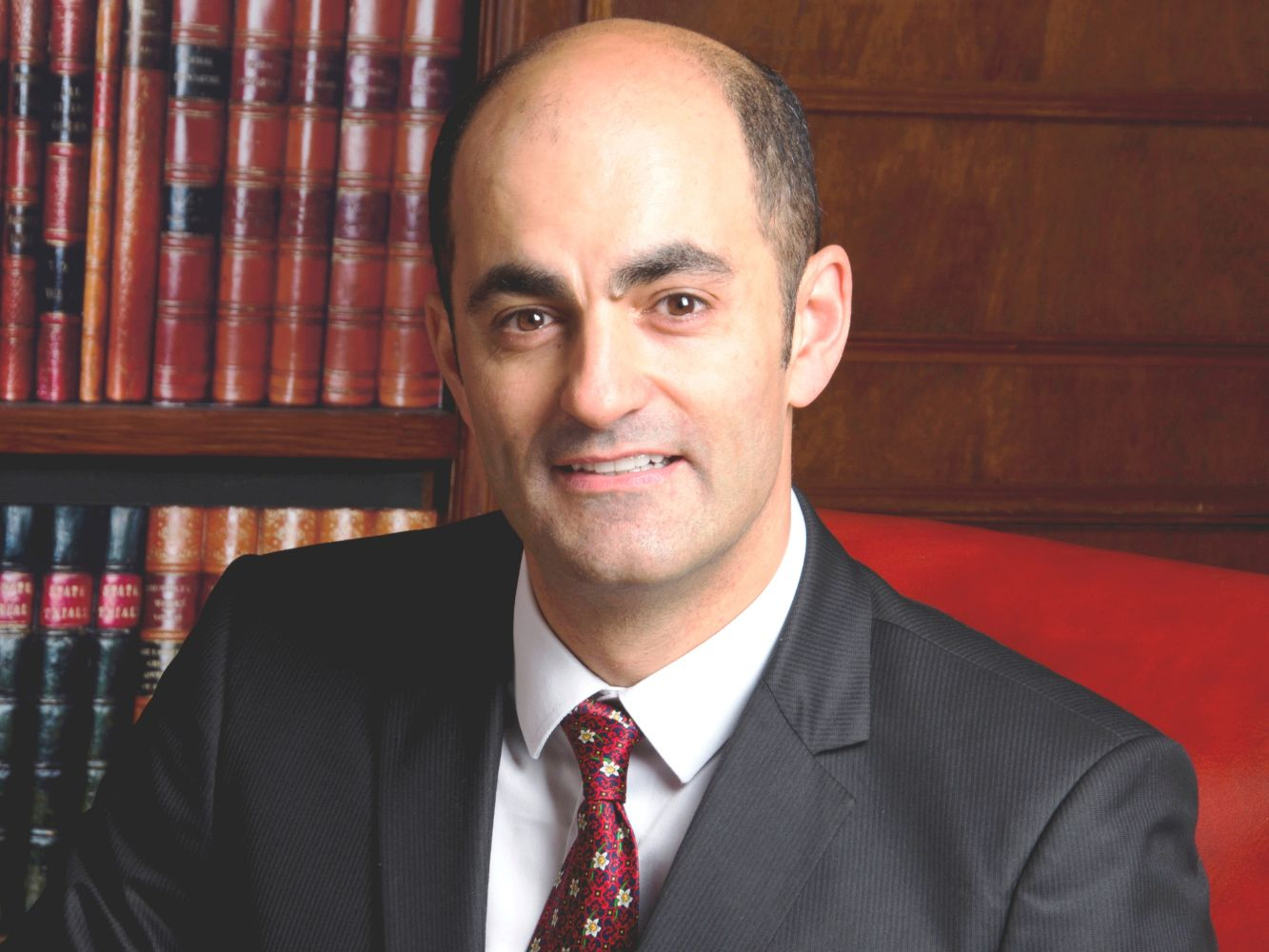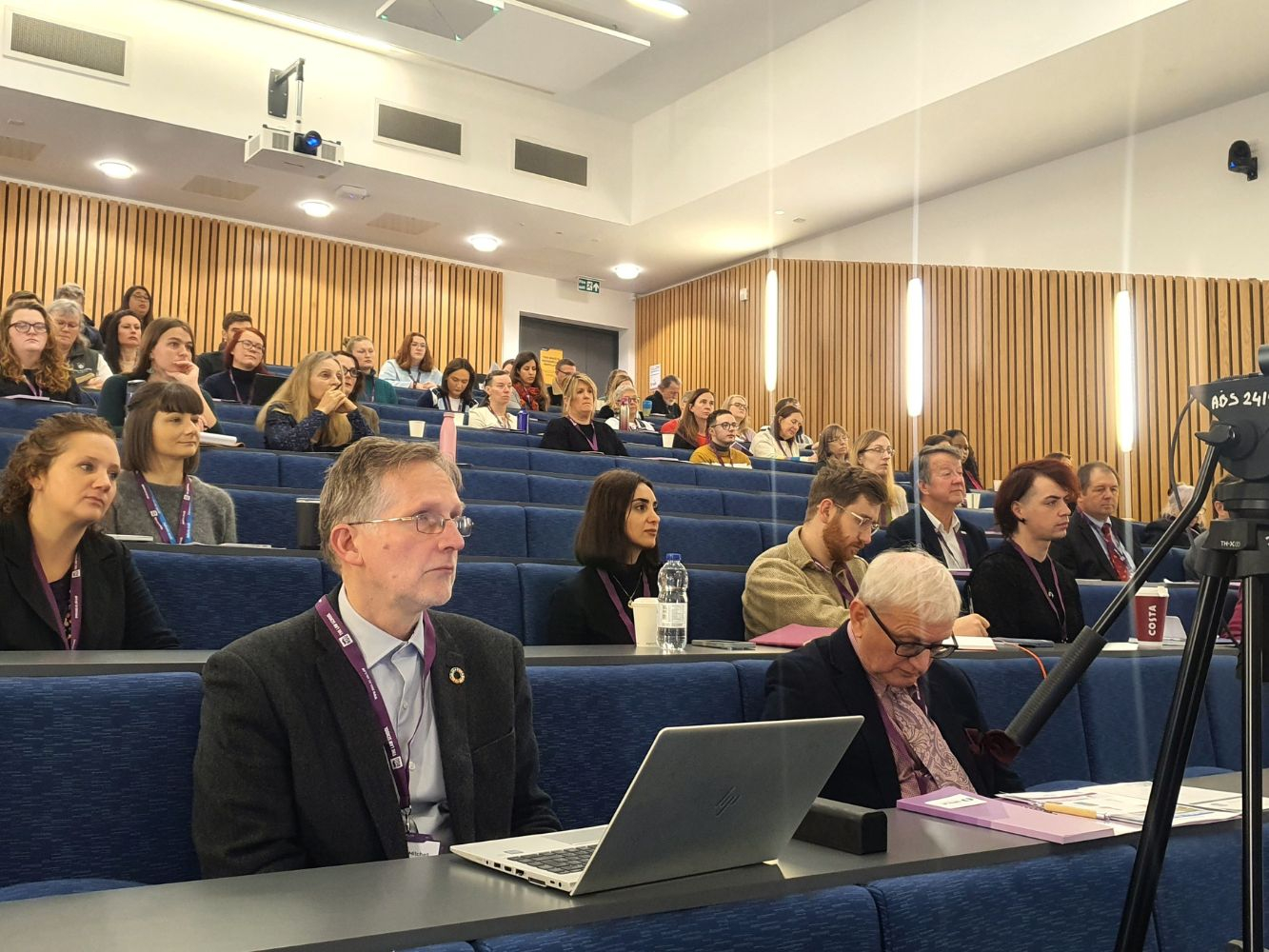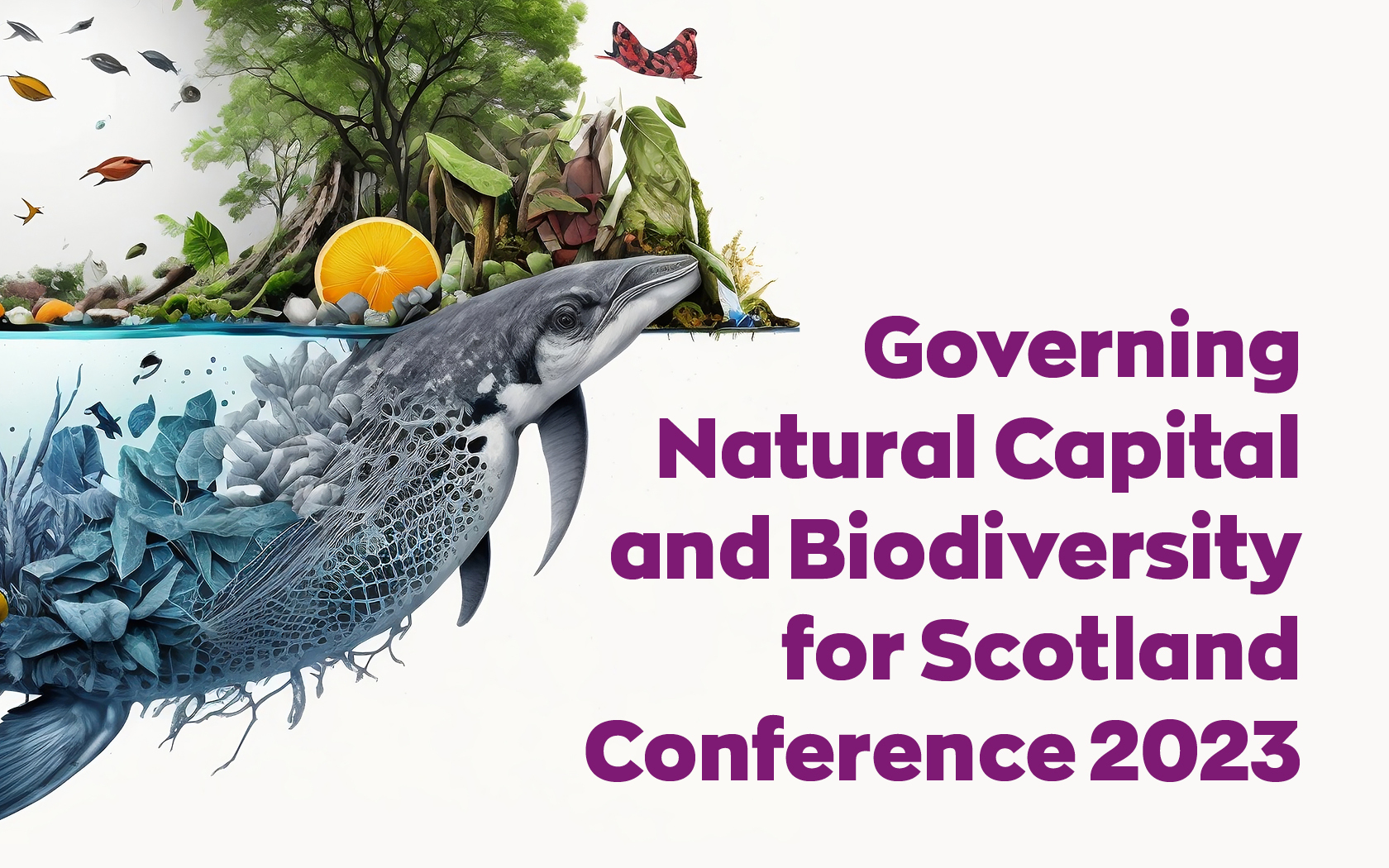RGU conference shows priority action needed to reverse biodiversity decline
Robert Gordon University's 2023 conference on biodiversity governance and Natural Capital for Scotland conclusively showed delegates why there is a case for Scotland’s biodiversity strategy to expand on local level governance; encourage partnerships and community action; and focus on soil protection strategies as key policy instruments.
The conference guest speakers also insisted on policy delivery resting on Natural Capital that should engage Scotland’s business, private, and public sectors as priorities in order to kick-start delivering meaningful Natural Capital strategies in Scotland.
The Scottish government updated its 2045 biodiversity strategy in September 2023 and this revision served as backdrop to the conference. Several keynotes stressed the need to break the silos affecting Scotland’s environmental governance and bring forward government reforms empowering local levels of government on nature protection and regeneration more effectively.
Professor Colin Reid, Emeritus Professor of Environmental Law from the University of Dundee, detailed how Scotland's environmental toolbox is already well-equipped with extensive legal frameworks for nature protection. Scotland's 2023 strategy update bolstering its biodiversity governance ahead of 2045 is certainly welcome to help align Scotland with the conclusions on accountability of the UN’s December 2022 Kunming-Montréal conference on biodiversity. Yet, progress and outcomes must now be locally enabled with tailored public and private finance initiatives capable of triggering investment and biodiversity gains.
Scotland’s extensive farming and landowning profile mandates this approach. Financial instruments should be able to cater for a great diversity of actors to deliver pro-biodiversity investments. On public actors’ side, effective governance is required to enable new streams of connections and transversal government dialogue. This progress is required to put biodiversity and environmental protection at the heart of government as the Scottish government says this approach should inform its government programmes.
Urgent progress on delivery at local level is also mandated by Scotland’s very policy milestones. The Scottish nation sits less than seven years from its 2030 milestone for halting nature’s decline, whereas effective nature regeneration should officially be happening not later than 2045.
To achieve this priority timeline, it seems consistent with actions for the public good to work on a stronger Rural and Communities Bill for Scotland. The current text would likely prove capable of delivering more biodiversity gains if this bill came with clearer instruments and priorities focusing on soil protection. Professor Roger Crofts’ keynote insisted on the latter and showed how Scotland's proposed rural framework should reward the stewardship of land. This paradigm shift should also look at encouraging more action and responsibility locally. This effort should help break silos slowing down Scottish biodiversity action, whether institutionally or within communities.
Local biodiversity progress should also include more environmental education and curriculum, if Scotland wants to achieve the transformative progress required across generations. Dr Nigel Dower’s keynote on ‘Biodiversity and Ethics’ reminded the conference of the need to grow enlightened anthropocentrist, biocenstrist, and ecocentrist citizens to help Scotland move away from the toxic business as usual rapport society still largely entertains with nature.
The need to break silos, encourage partnerships and cooperation across nature programmes, was also a recurring message in the keynote of SEPA’s CEO, Nicole Paterson. Dialogue and cooperation across environmental sectors and actors should be improved, together with clearer trajectories, and greater policy and investment powers resting with communities. Powers to cities and communities are essential in achieving more environmental protection and projects in Scotland. These new trajectories are not only consistent with the 2020 Edinburgh Declaration supporting local government empowerment for biodiversity frameworks, but they should also enable greater capacity for monitoring and measuring environmental action and success.
NatureScot’s Dr Clive Mitchell shared ample Scottish and global climate change evidence with the conference demonstrating how effective community-level understanding and coordination are needed for effective reversing declining trends across Scotland. Priority actions call for more regenerative farming, peatland, woodland, and hedges restoration, together with programmes regenerating unused urban areas.
In line with the above, delegates also heard how local communities should fully embrace circular economy models. As discussed by Mr Tim Ellis, the government’s core policy priorities for regenerating biodiversity by 2045 combine its circular economy model with statutory targets, delivery plans, accountability framework, and an investment plan for greater biodiversity outcomes. Reducing stress coming with extraction and processing on Scotland's biodiversity requires developing greater connections between local business stakeholders and the government.
The purpose of enhancing government dialogue with the private sector reflects their critical position when answering “who should be taking a lead role on Natural Capital initiatives in Scotland?”. As discussed by Dr Kerry Waylen from the James Hutton Institute, sizeable Natural Capital-driven biodiversity initiative should now urgently involve the public sector, next to the business and private sector. Dr Waylen’s expertise showed how flexible Natural Capital policy structures needs to be to accommodate transformative modes of government with a central role given on local government for coordination.
The conference showed how Scotland’s central biodiversity framework is destined to grow in sophistication. This environment’s success will require more partnerships for policy delivery and stakeholders’ dialogue. It will call for the various layers of government to show a greater capacity to effect localised policy adjustments given the diversity of natural decline. This complexity requires a governance dynamic capable of integrating multiple levels of decision in a clearer whole-of-government approach echoing the 2045 strategy’s ‘whole-of-society’ approach.
Part of stopping inefficiencies calls for promoting stronger values resting on nature-driven education and citizenship in Scotland, next to government showing a capacity to work more closely with actors. Priority action on Natural Capital projects is essential to start reversing biodiversity decline. This Natural Capital approach is central and, yet, just one ingredient, in a cloud of policy adjustments calling for a capacity to federate engagement and partnering on decision-making for a performance on biodiversity milestones.
Governing Natural Capital and Biodiversity for Scotland Conference 2023 was held at RGU on November 3, 2023.




